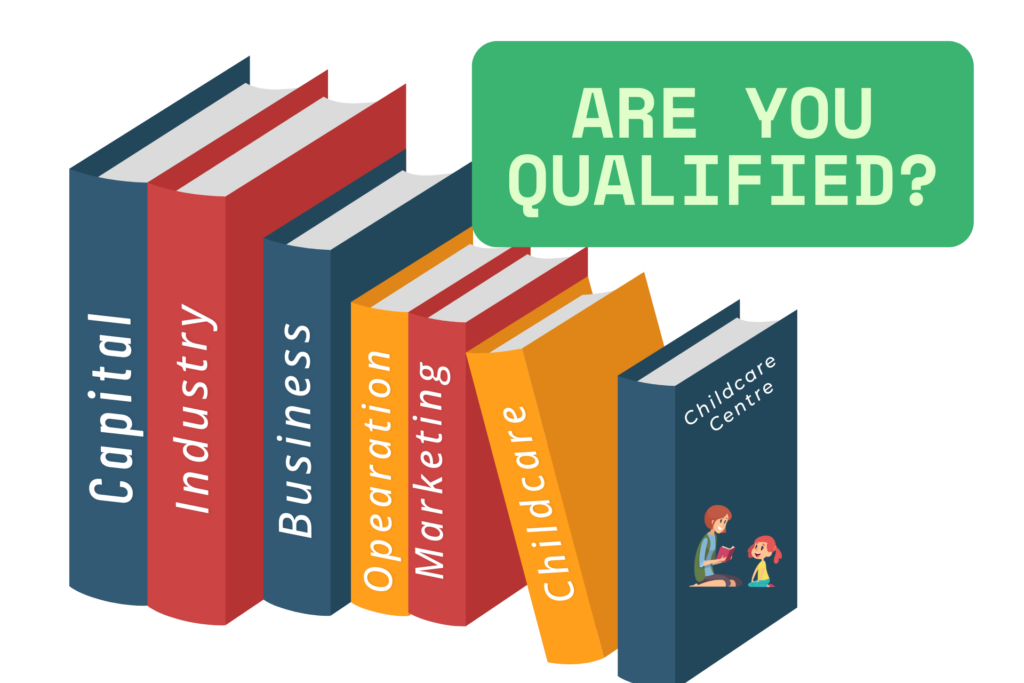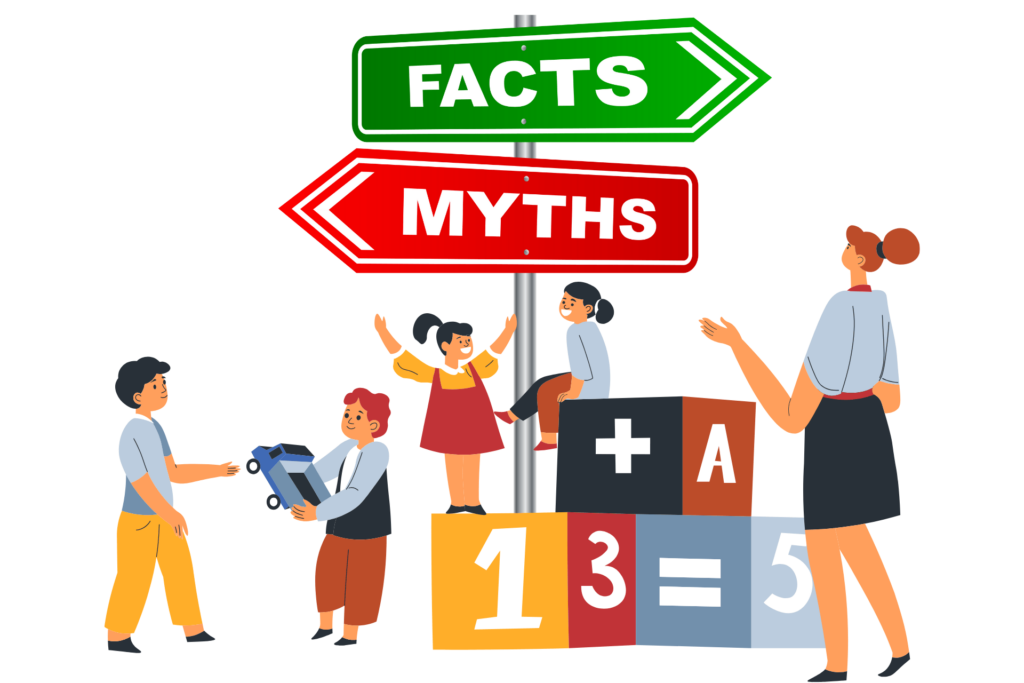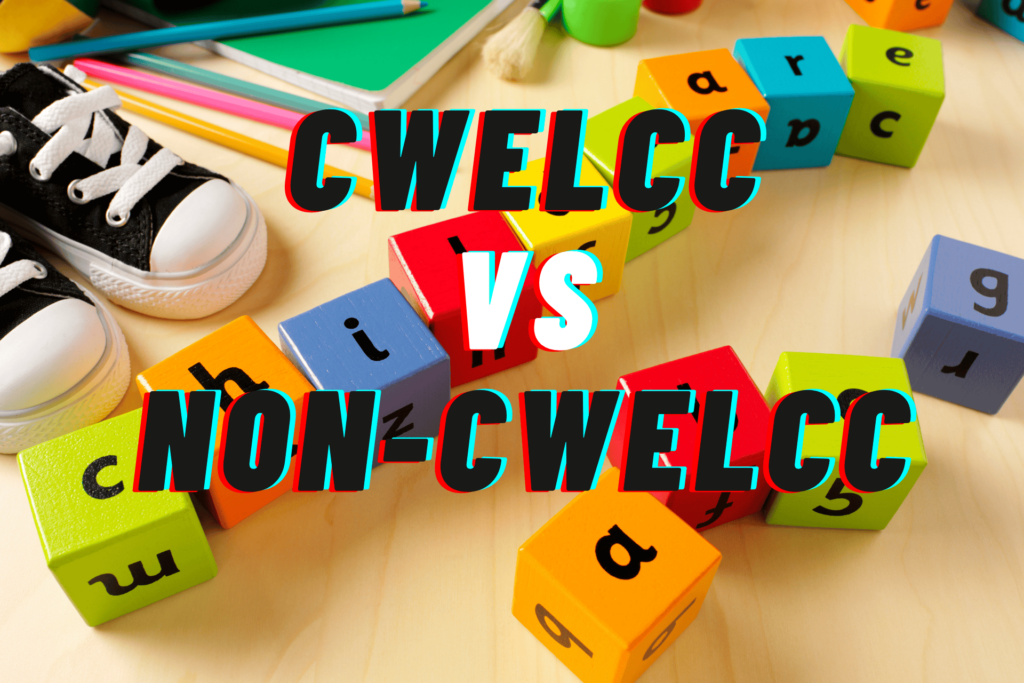Assessing the value of your daycare business is a critical step, whether you’re considering selling, seeking investment, or simply gauging its financial health. In Ontario, Canada, where childcare services are in demand, understanding the key factors that influence valuation can help you make informed decisions about your daycare venture. Here, we explore five crucial elements to consider when evaluating the worth of your daycare business.
1. Number of Licensed Spots
The number of licensed spots is a fundamental aspect of your daycare’s valuation. In Ontario, childcare facilities must adhere to strict regulations regarding the maximum number of children they can accommodate based on their licensing. The more licensed spots your daycare has, the higher its potential value. Prospective buyers or investors often prioritize businesses with a larger capacity as they signify greater revenue potential.
The number of licensed spots directly impacts the valuation of the daycare business. However, it’s not the sole factor influencing valuation; other factors discussed in this article also play significant roles. Nevertheless, a higher number of licensed spots elevates the scale of valuation for your daycare business.
2. Enrollment Numbers
Enrollment numbers directly impact the financial performance and valuation of your daycare business. A high enrollment rate indicates strong demand for your services and steady revenue streams within the geographical location that you are operating in. Factors such as reputation, location, and quality of care influence enrollment figures. Achieving full enrollment with a waiting list is an even more favorable scenario. However, it’s important to note that the waiting list’s contribution to valuation is relatively small. This is because anyone can join a waiting list, and many parents often sign up for multiple lists since it’s free to do so. Nonetheless, having a waiting list is indicative of sustained full enrollment and adds to the attractiveness and stability of your daycare business.
3. Net Profit
Net profit is a key financial metric used to assess the profitability and value of your daycare business. It represents the revenue generated after deducting all operating expenses, including staff salaries, rent, utilities, and supplies.
Another term used in evaluating business valuation is EBITDA, which stands for earnings before interest, taxes, depreciation, and amortization. Your financial statement profit includes all of these elements before taxes. To provide potential buyers with a clearer picture of your business’s profitability, it’s essential to create a normalized EBITDA. This involves adding back interest, depreciation, and amortization to your financial statement figures. Additionally, if you serve as a supervisor in your business, your salary should be removed from the EBITDA, and a standard supervisor salary should be added back in. Any one-time expenses should also be added back to the normalized EBITDA.
Once all adjustments have been made, the resulting figure is the normalized EBITDA, which serves as a key metric for calculating the value of the business. A multiplier is then applied to the normalized net profit or EBITDA to determine the business’s value. For instance, with a multiplier of 3, the buyer purchases the business with a valuation equivalent to 3 times the net profit and can expect to break even within 3 years. Buyers’ risk tolerance varies, influencing their choice of EBITDA multiplier which depends on individual preferences and market conditions.
4. Lease Duration
The duration and terms of your lease agreement play a crucial role in determining your daycare’s valuation. A long-term lease provides stability and security, making your business more attractive to potential buyers or investors. Conversely, a short-term lease or uncertain lease renewal terms may raise concerns and diminish the business’s value.
Let’s consider a scenario where your business has a substantial number of licensed spots, enjoys full enrollment with a lengthy waiting list, and generates high net profits. However, there’s a significant drawback: only one year remains on the lease, with no guarantee of renewal from the Landlord. Would any prudent buyer risk investing in a business that could potentially cease operations imminently? It’s highly unlikely. Therefore, a lease term of 10 years or more becomes imperative to maximize the sale price of your daycare business. A shorter lease duration significantly diminishes the valuation, and if the lease spans only three years, the reduction in price may make selling financially unviable for you.
5. CWELCC (Child Care Wage Enhancement Grant) Eligibility
In Ontario, the Child Care Wage Enhancement Grant (CWELCC) is a government subsidy program aimed at supporting childcare workers and enhancing the quality of early childhood education. Daycare businesses eligible for CWELCC funding receive financial assistance, which may positively affect their valuation.
However, the impact of CWELCC eligibility on business value varies among buyers. While some purchasers prioritize businesses enrolled in the CWELCC program for the financial benefits it offers, others prefer establishments positioned at a higher tier without such subsidies. Whether CWELCC enrollment affects your daycare’s valuation depends on various factors. For instance, if your daycare maintains robust net profit and enrollment figures without CWELCC participation, its valuation may remain unaffected. Conversely, if your daycare experiences low enrollment and is not part of the CWELCC program, its valuation could decline. However, even with poor enrollment, CWELCC participation can enhance your daycare’s valuation due to the limited availability of program funds. Therefore, being part of the CWELCC program might contribute positively to your valuation, even if your net profit is minimal, the business might still get a higher valuation than a business with low profit and not in a CWELCC program.
In conclusion, determining the valuation of your daycare business requires careful consideration of multiple factors. By analyzing the number of licensed spots, enrollment numbers, lease duration, net profit, and CWELCC eligibility, you can gain insights into the financial health and market value of your daycare venture. Whether you’re planning to sell, seek investment, or simply optimize operations, understanding these key elements will empower you to make informed decisions and maximize the value of your daycare business in Ontario, Canada.








